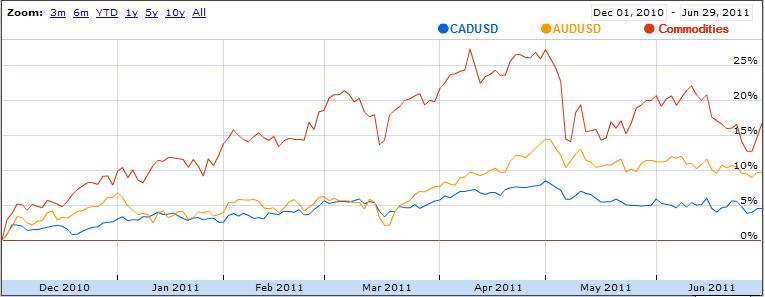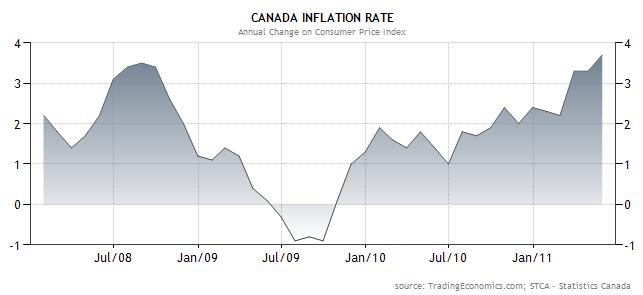The markets appear to be somewhat tame this morning considering the massive volatility we have been seeing over the past week. Mid-triple digit moves on the Dow Jones Industrial Average have marked one of the craziest times in the market that I can rememberâ€"and this includes the go-go days of the internet boom/bust!
We know about the major risks in the marketplace, starting with the US downgrade, then moving back to the European sovereign debt crisis, followed by the rumors of problems with the European banks, and capped off by the slowing global economic picture.Â
Despite these problems, the markets are set to move higher after yesterday’s rally in the US. European stocks are also higher after a number of countries in the Euro zone enacted a ban on short-selling, trying to prevent an attack on the banks that may have exposure to sovereign debt. In addition, GDP in France contracted more than expected and Industrial Production figures in the Euro zone declined as well, posting a gain of 2.9% vs. an expected 4.2%.
Here in the US, Advanced retail sales figures came in as expected, showing gains of .5% in a sign that the US consumer might not be dead just yet. Michigan consumer confidence figures will be out later this morning.
So the markets appear to be in risk-taking mode this morning, with stocks and oil higher and gold trading lower. Demand for safe-haven currencies has abated, so the Swissie and the Yen are lower as well. Rumors of “mini-interventions†by both Central banks have the markets believing that those entities are active in the markets and are not tipping their hands as to what they are doing.
After the wild ride we’ve experienced this week, a bit of slowdown is welcome. But don’t be lulled into thinking that risk has lessened in the marketplace. In fact, I would say it has increased a bit as the global slowdown is accelerating and the drastic measures taken in Europe to ban short-selling may mean that problem with bank capitalization may be more tenuous than previously believed.
If you are taking positions long into the weekend, be sure to use proper risk management.
Â
Powered By WizardRSS.com | Full Text RSS Feed | Amazon Plugin | Settlement Statement | WordPress Tutorials





